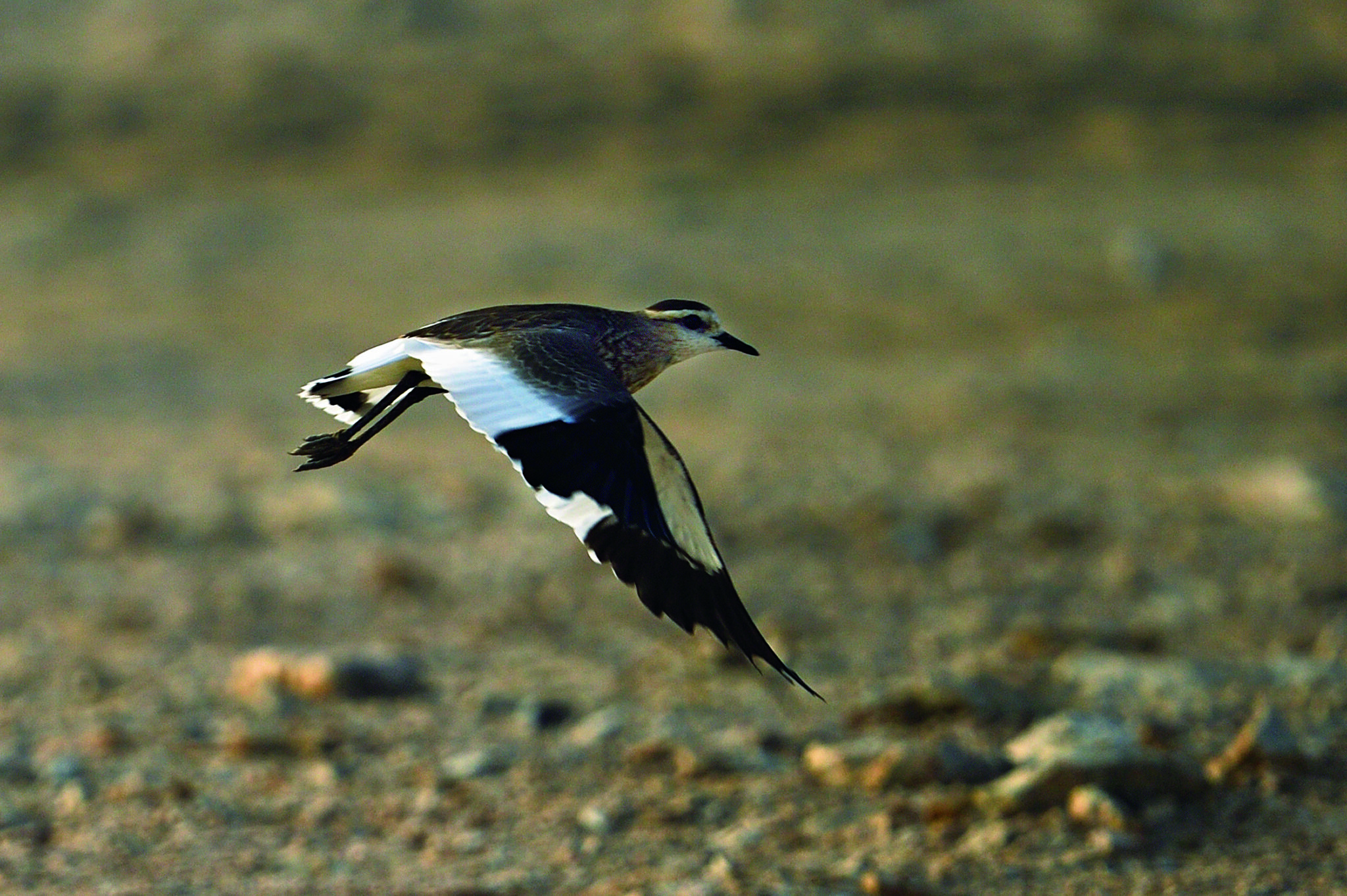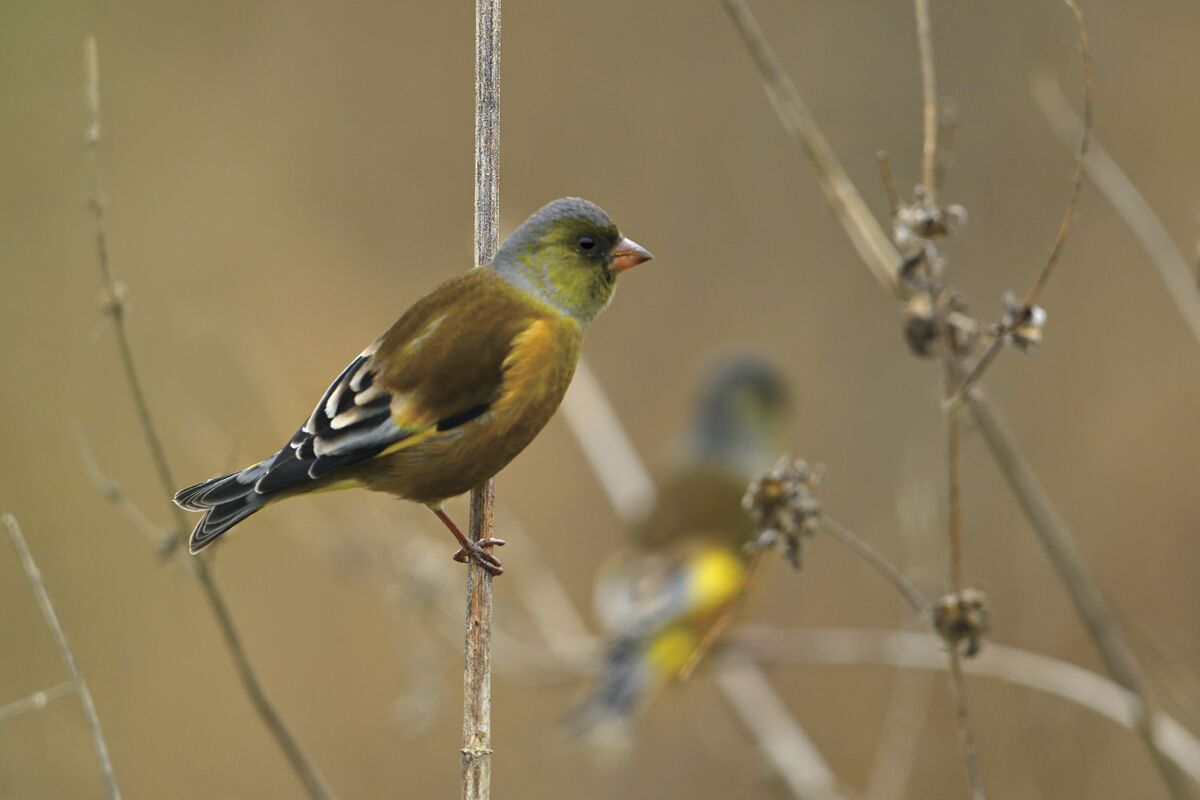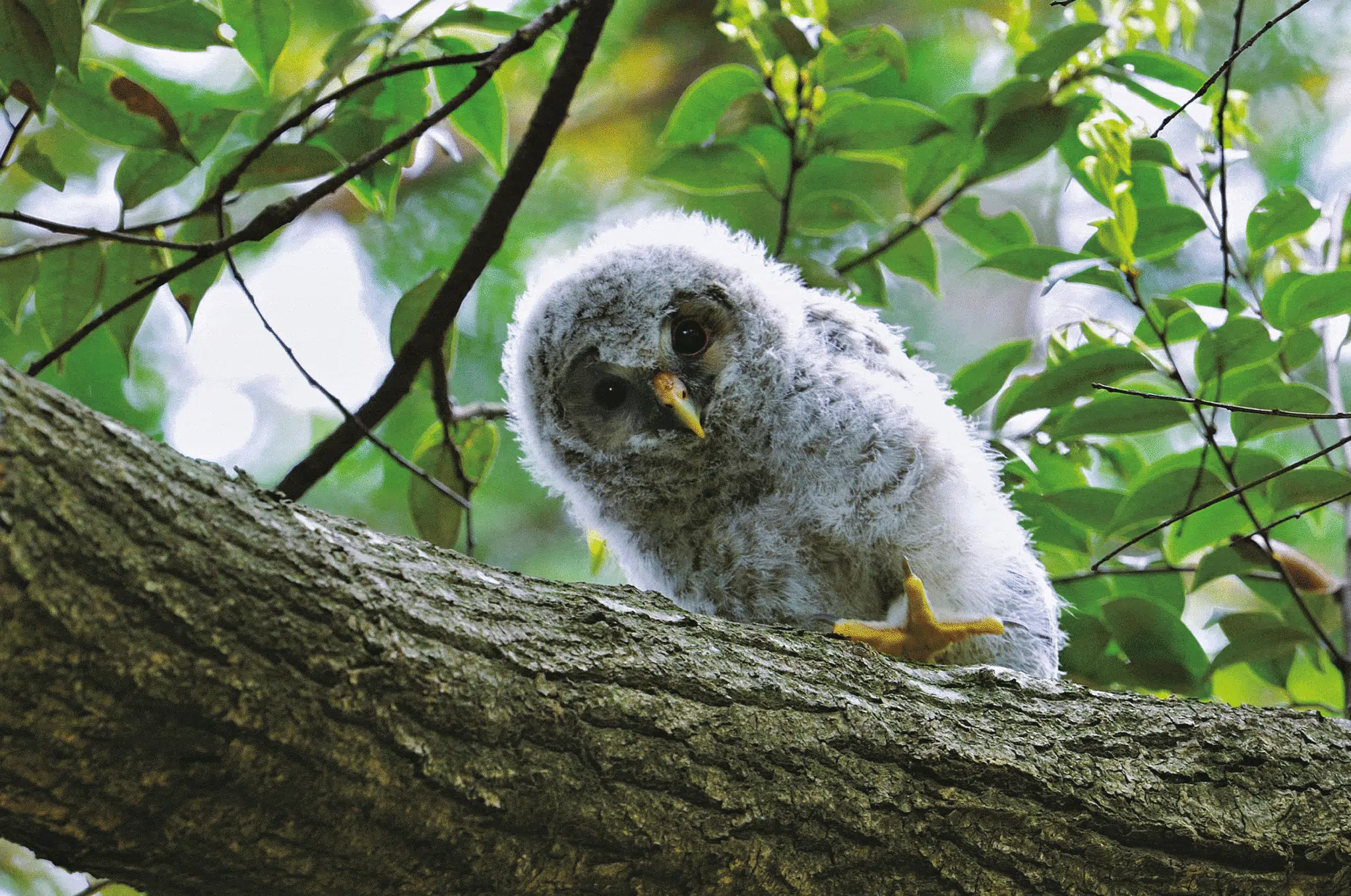Sea, where Common Terns Fly
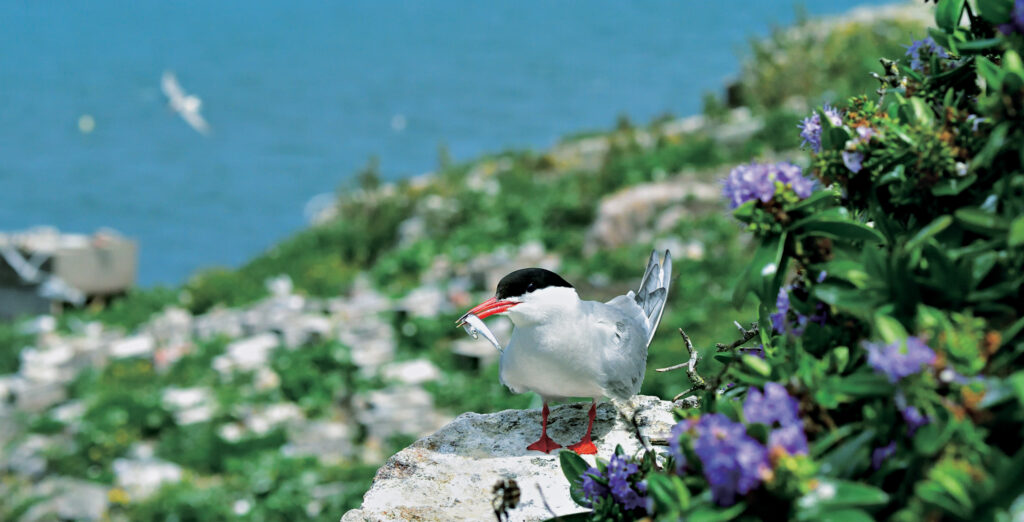
Terns are an icon of migration, with many of these elegant seabirds journeying truly extraordinary distances every year. Discover more about this group and the adaptations that allow them to achieve these feats in the latest 'Through the lens' article.
Photos and text by HIH Princess Takamado
This is an English translation of an article that first appeared in ‘Through the Lens’, Fujingahou Magazine, July, 2023
Here comes the season when we think of the sea. When we hear the word ‘summer sea’ what immediately comes to mind are bright blue skies, white puffy clouds, a pleasant breeze and flocks of flying seabirds. In this article, I would like to introduce the Common Tern, a small seabird species with elongated, slender wings, a long, pointed beak, and short legs.
This first photo was taken on an island in Ireland. As I was waiting in a hide set up for research and taking pictures, the bird stopped nearby. It was most likely a parent bird bringing fish for its chicks in the nest. Common Terns look down and scan the surface of the sea as they flys, and when they spot prey in the water, they squeeze their wings together tightly and swoop down at a high speed – a behaviour known as plunge-diving. The Chinese characters for Common Tern in Japanese are written as ‘scad’ (a word used to refer to popular fish in Japan) and ‘stab’. The name comes from the way it dives into the ocean with its sharp bill pointed downwards, which looks like it is ‘stabbing a scad’.
Common Terns travel extraordinarily long distances on migration, so they are of course very skilled flyers. They have wings shaped like gliders – like other ocean wanderers such as albatrosses and petrels – and are very elegant as they fly over the ocean.
Birds have wings and body shapes suited to their respective lives, and their wings are often classified in several ways according to a combination of their length and the shape of their tips. Why don’t you look up at the sky once in a while, whether from a train window or the roof of a building, and observe birds’ wings and how they fly? You can also look at how more familiar birds such as gulls, kites, pigeons, sparrows, flap their wings when flying. I also recommend watching online videos of hummingbirds and owls.
Header image: Common Tern. It breeds in South-central Eurasia and eastern North America, and winters on the coasts of Africa, Southeast Asia, Australia, and South America. In Japan, it is known as a passage migrant observed on the coasts of Japan during spring and autumn migration, but there have been a few cases of the species breeding in the country. Photographed on Rockabill Island, Ireland.
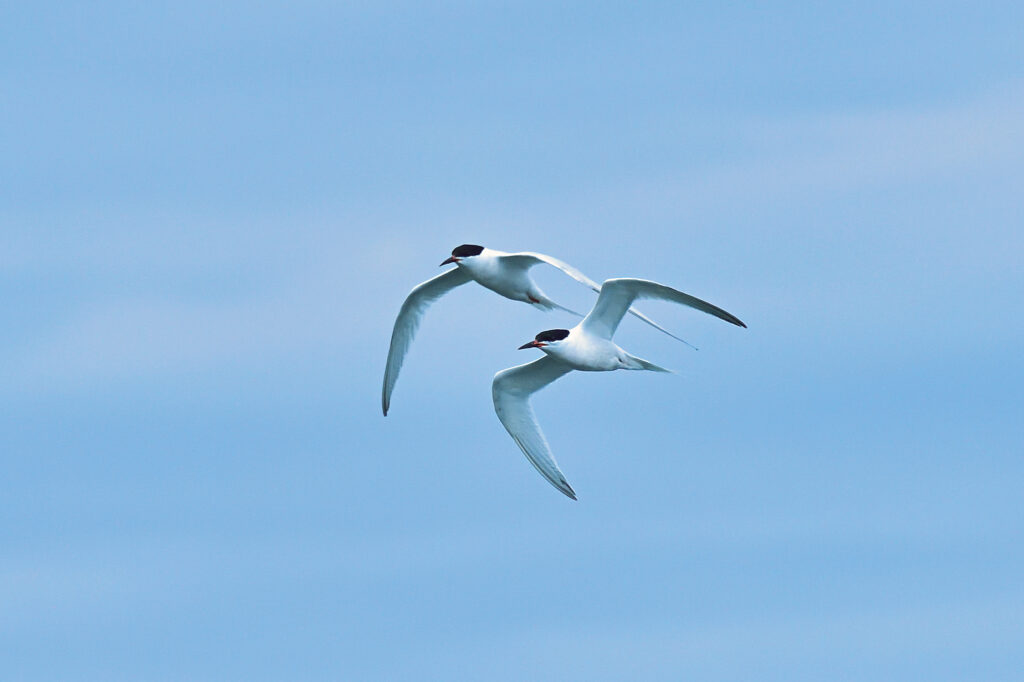

Epic migrations
I would also like to take this opportunity to talk about the Arctic Tern, which is a particularly extraordinary long-distance migrant. Although I have not included a photo of it this time, it is, after all a truly amazing bird. Every year, Arctic Tern’s migrate 90,000 km from pole to pole, travelling from as far north as Greenland to Antarctica in the south. With a life span of 30 years, the entire distance traveled by some Arctic Tern’s in their lifetime is the equivalent of making more than three round trips between the earth and the moon. These amazing journeys, which perfectly symbolise the interconnectedness of nature around the world and the global collaborations needed to protect it, led to the Arctic tern being chosen as the logo of BirdLife partnership, of which I am the honorary president.
The photos in this article are just some of the roughly 40 species of Terns in the world, most of which they spend most of their lives at sea, except during the breeding season. The next photos show four of these species. Although they appear to be numerous when seen flying over their colonies, sadly many tern species are in decline, and that for some, their numbers may suddenly decrease drastically. The reduction of nesting sites and the disappearance of many fishing grounds due to overfishing could lead to a significant reduction in the breeding success of Terns and other seabirds. In addition, microplastics affect not only birds, but all marine life and, ultimately, us humans.
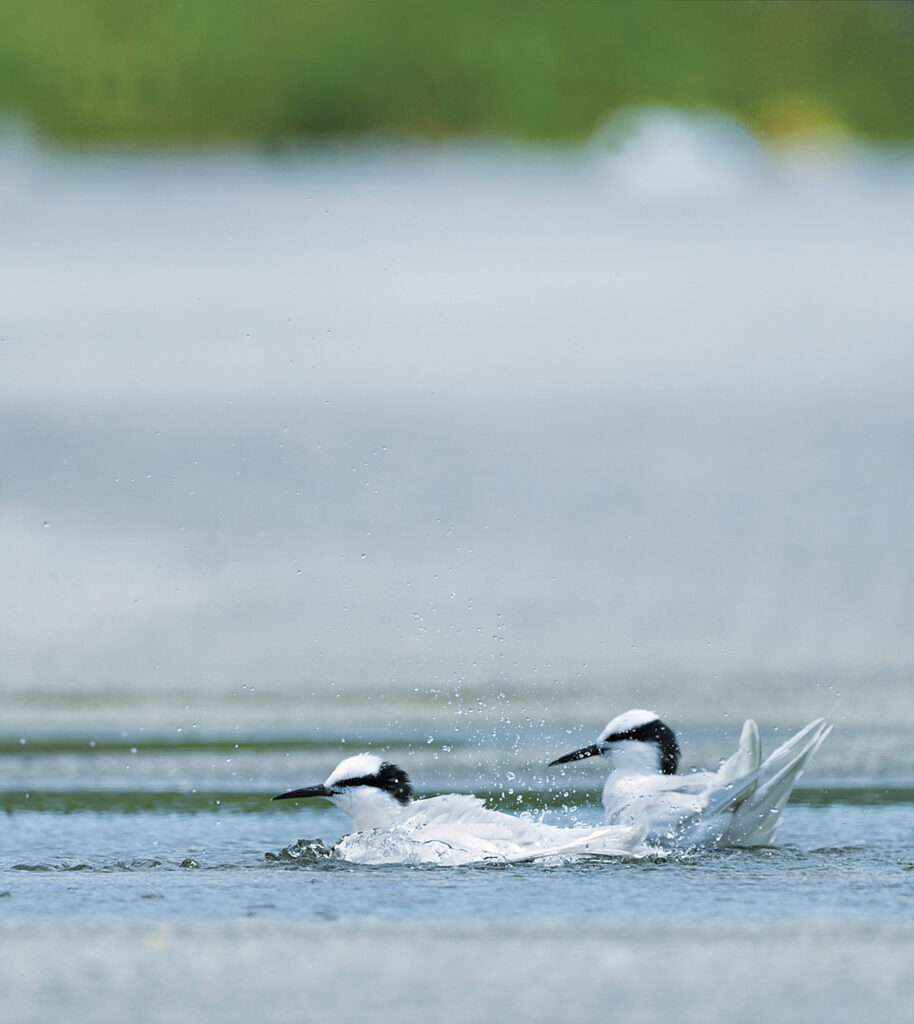
This photo was taken on Miyako Island, where these two birds were carefully bathing in a puddle in a carpark near their nest.
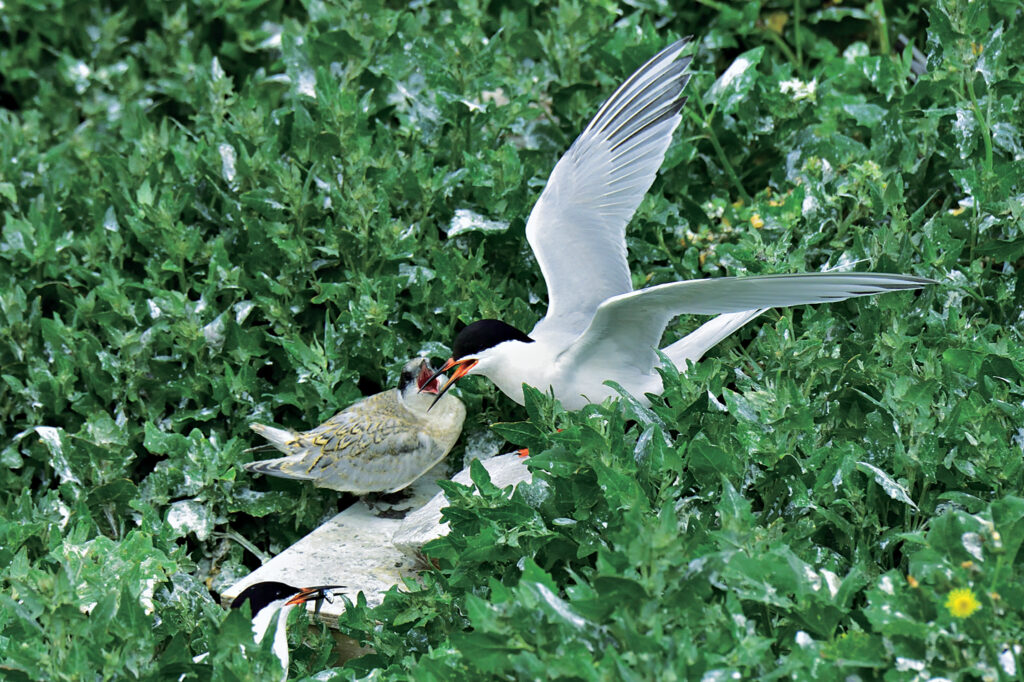
Breeds on cliffs on islands in Britain, Denmark, Africa, Southeast Asia, Australia and the eastern coast of North America.
In Japan, it migrates mainly to the southwest Islands in the summer.
Ireland’s Rockabill Island is the species’ largest breeding site in Europe.
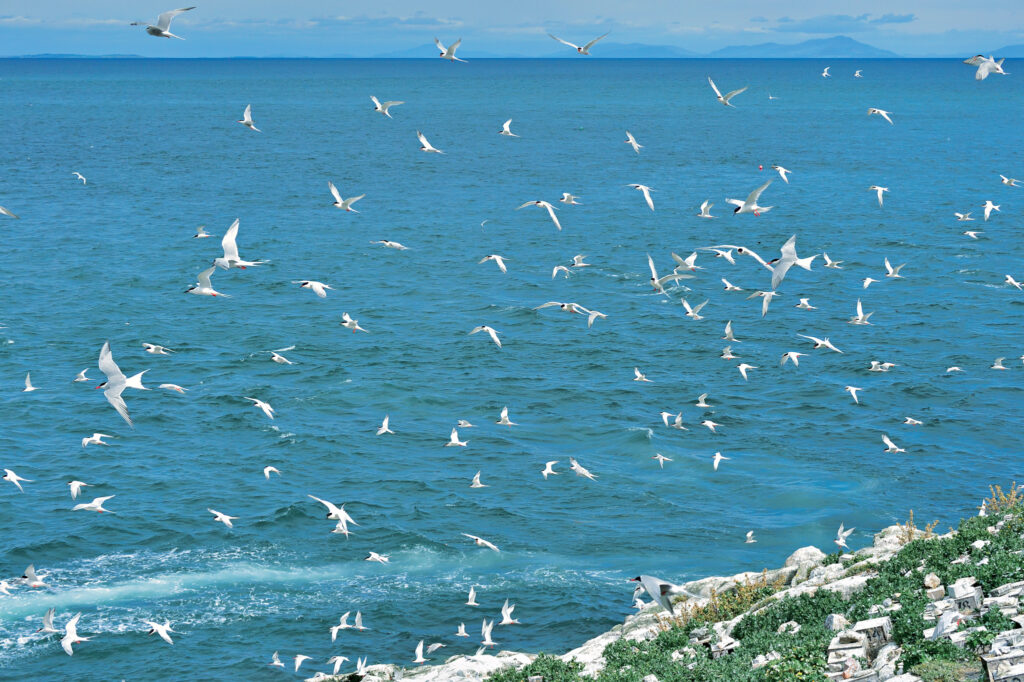
In many cultures around the world, humans have a long history of using rivers to cleanse themselves, wash away impurities, and wash away dirt. However, rapid industrialization has also led to water pollution from factory effluents. If you pour dirt from the land into a river, it will end up in the ocean. We should not ‘flush’ away things we want to dispose of, but only, as we say for forgiveness in Japan, mistakes and disagreements in human relationships.
Healthy oceans are essential for the future of humanity. It is imperative that we move swiftly to tackle global ocean pollution with the same speed as when terns accelerate after their prey. Every time I go out to shoot photographs, this is one of many concerns that I reflect on.
